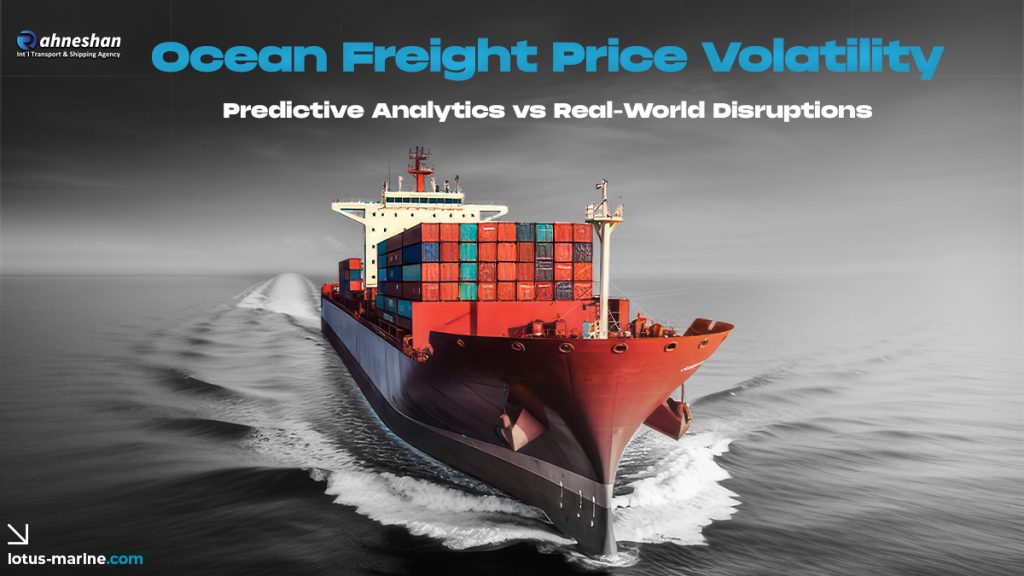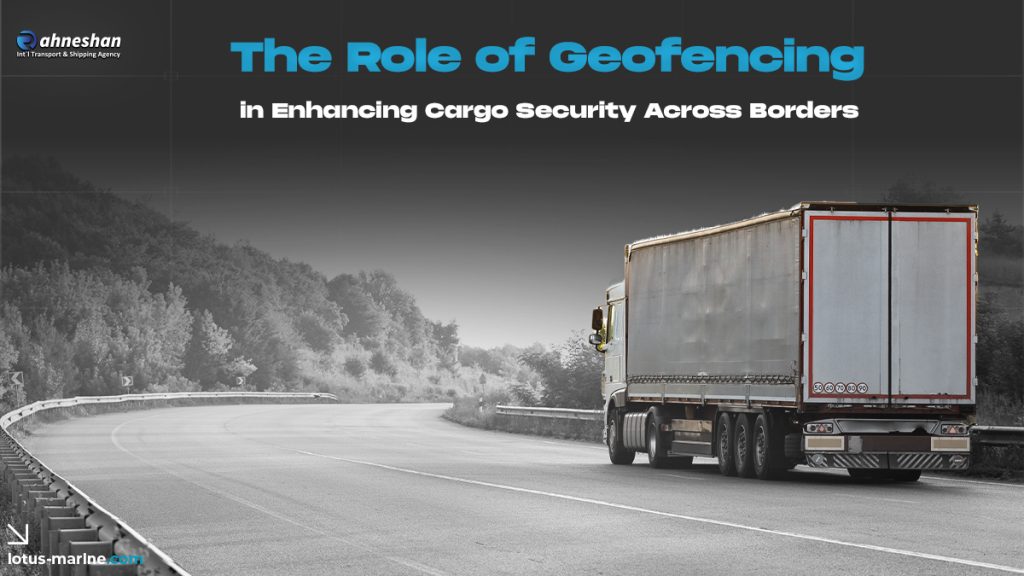Freight Insurance Evolution: Parametric Models for Overland Cargo Risk

Introduction Traditional freight insurance has long been a cornerstone of cargo protection in overland transport. However, as global supply chains grow more complex and climate-related disruptions increase, conventional models are proving less effective. In 2025, the rise of parametric insurance models is reshaping the way companies manage overland cargo risk—offering faster payouts, more transparency, and […]
AI-Powered Load Optimization: Reducing Weight & Fuel Costs in Air Cargo

Introduction In 2025, the air cargo industry faces intense pressure to reduce costs and carbon emissions while meeting rising global trade demands. One of the most promising innovations is AI-powered load optimization, which enhances how cargo is packed, balanced, and managed within aircraft. By leveraging artificial intelligence, carriers can cut unnecessary weight, improve fuel efficiency, […]
Ocean Freight Price Volatility: Predictive Analytics vs. Real-World Disruptions

Introduction Ocean freight has always been subject to price fluctuations, but in 2025, volatility is at unprecedented levels. Global trade disruptions, environmental regulations, and geopolitical tensions continue to shape the cost of containerized shipping. While predictive analytics promises more accurate forecasting, real-world events often challenge even the most advanced models. This article explores how predictive […]
Driverless Convoys in Eurasian Road Freight: 2025 Real-World Use Cases

Introduction The rapid development of autonomous driving technology is transforming the logistics sector worldwide. In Eurasia, where sprawling trade routes connect Europe and Asia through vast highways, driverless truck convoys—also known as platooning systems—are emerging as a practical solution in 2025. By linking multiple trucks via AI and vehicle-to-vehicle (V2V) communication, these convoys promise enhanced […]
The Role of Geofencing in Enhancing Cargo Security Across Borders

Introduction In today’s interconnected world, cross-border trade is expanding at an unprecedented pace. With this growth comes heightened risks: cargo theft, smuggling, tampering, and compliance violations. For global freight operators, maintaining cargo security across borders is more critical than ever. One of the most promising technologies reshaping this field is geofencing—a digital tool that creates […]
Post-Brexit Air Freight Agreements: What They Mean for Asia–Europe Trade

Introduction Since Brexit, the logistics and aviation industries have faced new challenges in balancing trade flows between Europe, the UK, and Asia. Air freight agreements established after the UK’s departure from the European Union are reshaping how goods move across continents. For Asia–Europe trade, these agreements carry significant implications for efficiency, costs, and long-term partnerships […]
Impact of Panama Canal Droughts on Global Freight Flow in 2025

Introduction The Panama Canal, one of the world’s most critical maritime trade routes, is facing unprecedented challenges due to recurring droughts. In 2025, reduced rainfall and climate variability continue to disrupt vessel transit, directly impacting global freight flow. Since nearly 6% of all global trade and about 40% of U.S. container traffic pass through the […]
Carbon Credit Integration in Air Freight Pricing Models

Introduction As global climate goals tighten, the air freight industry faces mounting pressure to reduce its carbon footprint. One of the emerging strategies is the integration of carbon credits directly into air freight pricing models. This approach allows shippers to offset emissions at the point of booking, making sustainability an embedded part of logistics operations. […]
Cybersecurity in Maritime Logistics: Are Shipping Lines Ready?

Introduction As maritime logistics becomes increasingly digitized—with smart ports, autonomous vessels, and IoT-powered cargo systems—the industry’s vulnerability to cyberattacks is growing. From ransomware targeting shipping lines to data breaches disrupting port operations, the question is no longer if cyber threats will strike, but when. This article explores the state of cybersecurity in maritime logistics and […]
Digital Freight Corridors: How Blockchain is Enabling Real-Time Customs Clearance

Introduction In the ever-evolving landscape of international logistics, real-time customs clearance has become a critical enabler of speed and efficiency. Digital freight corridors powered by blockchain are redefining cross-border trade by offering unprecedented levels of transparency, automation, and security. This article explores how blockchain technology is transforming customs processes and driving operational agility. The Concept […]
